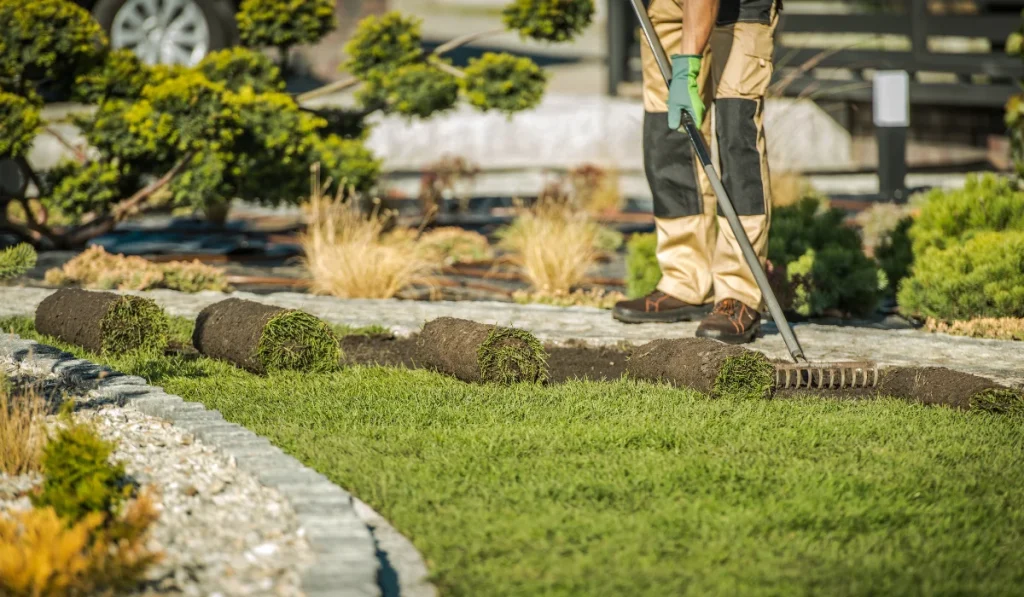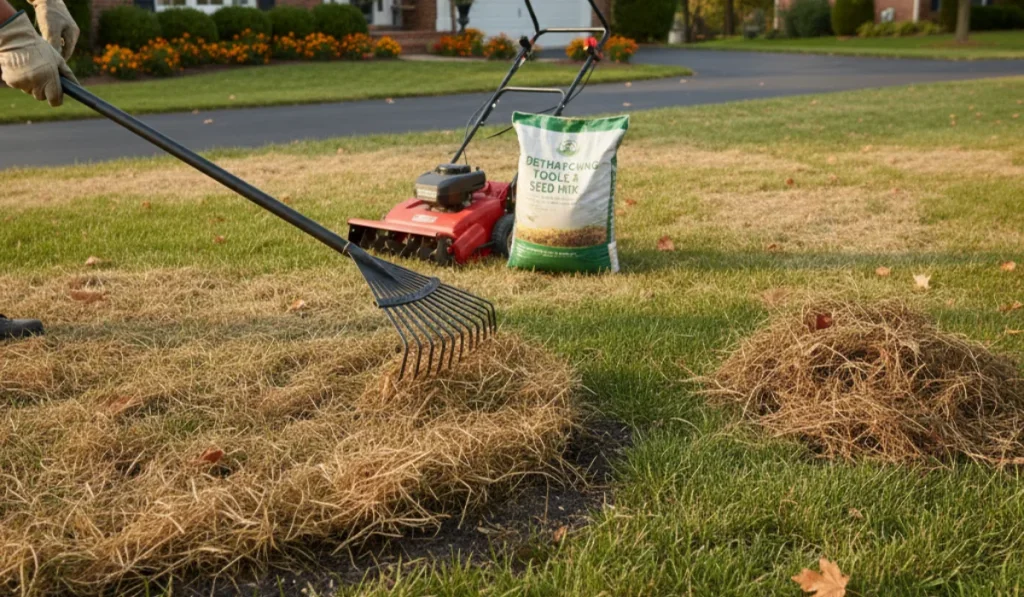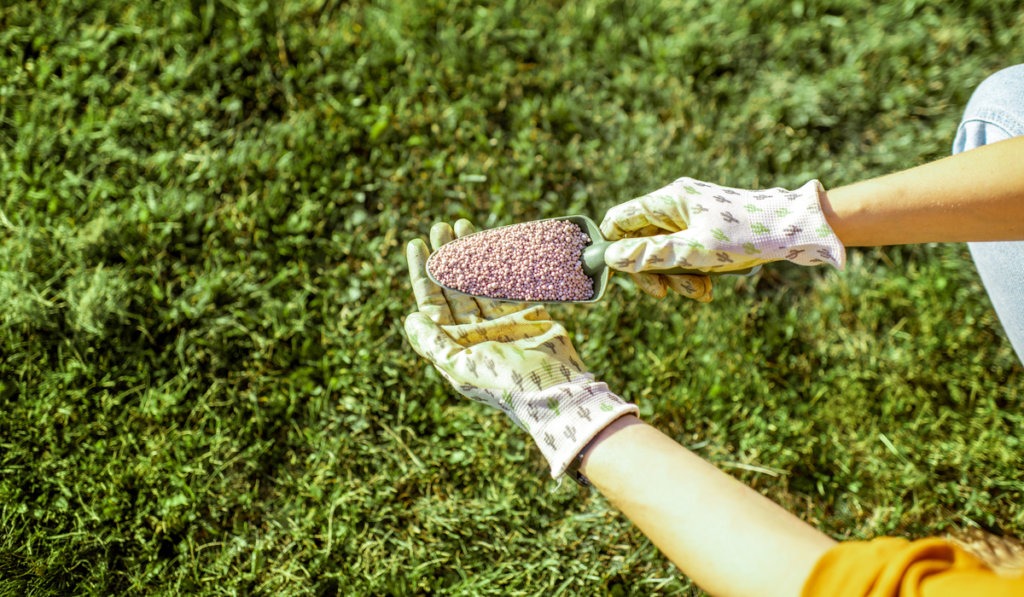If you want to have a perfectly green lawn, you need to choose the right type of grass. However, choosing the right grass isn’t a simple aesthetic decision. It’s more than just picking what looks good. Choosing sod that doesn’t fit your yard’s conditions can lead to a lawn that struggles to grow or wears out too quickly.
Your front yard sets the tone for your home’s landscaping. It’s the first thing people see, and it can boost curb appeal. Meanwhile, the backyard often works harder, with kids, pets, and weekend activities. In California’s mix of climates, from cool coasts to hot inland areas, the right sod can give homeowners a durable, lush lawn that stays healthy all growing season.
In this guide, we’ll help you understand the different needs of front yards and backyards for sod, what type of sod works best for each area, and also give you points to consider to help you choose the right grass for your lawn.
Key Takeaways
- Front and backyards have different sod needs. Front yards prioritize appearance and may need shade-tolerant or fine-textured grasses, while backyards require durable varieties that can handle foot traffic and wear.
- Bermudagrass and TifTuf are ideal for active backyards. These warm-season grasses thrive in full sun, recover quickly from use, and offer strong drought resistance, making them suitable for active backyards.
- Tall fescue and Kentucky bluegrass shine in front yards. These cool-season grasses provide lush, green color and fine texture, making them popular for visible areas with moderate sun exposure.
- Climate and soil type matter. California homeowners should consider local sun, shade, water availability, and soil when selecting sod for long-term lawn health and appearance.
Key differences between front yards and backyards for sod
Front yards usually:
- Get more sunlight.
- Are more visible to neighbors and visitors.
- Have light or moderate foot traffic.
Backyards usually:
- Get heavier use from play, pets, and gatherings.
- Have a mix of sunny and shady spots.
- Need turfgrass that can handle wear, has drought tolerance, and in some places, salt tolerance for coastal air.
Best sod for front yards
Front yards should be neat and eye-catching. Here are some of the best grass types for a polished look.
Tall fescue
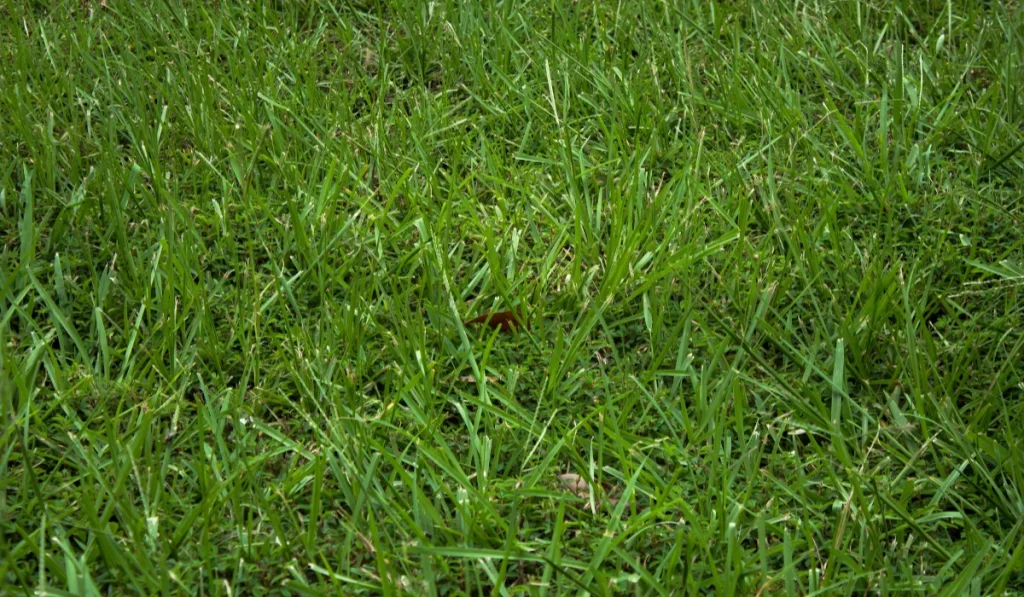
Tall fescue is a cool-season grass that grows in many soil types. It has a deep root system for better drought tolerance and good shade tolerance. This fescue grass keeps its color most of the year, making it great for home lawns.
Kentucky bluegrass

Kentucky bluegrass is known for its fine texture and dark green color. It spreads by rhizomes, which help fill in bare spots. While its germination time is slower than ryegrass, it forms a thick, attractive lawn.
Zoysia grass
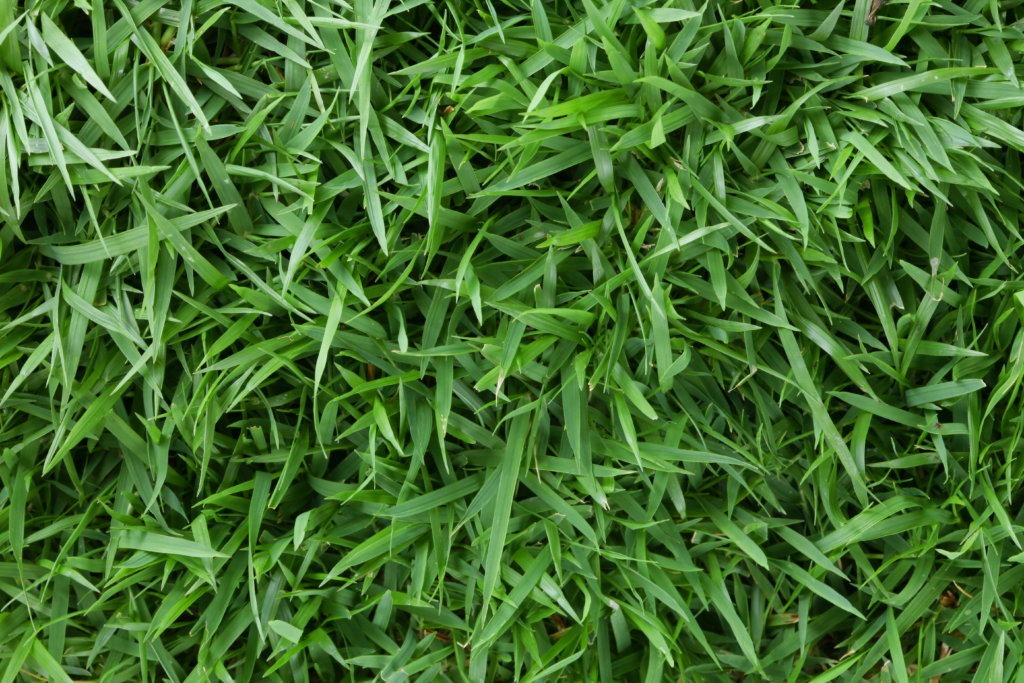
Zoysia is a warm-season grass with dense growth that blocks weeds. It has moderate cold tolerance and grows slowly, so you’ll spend less time mowing.
Fine fescue
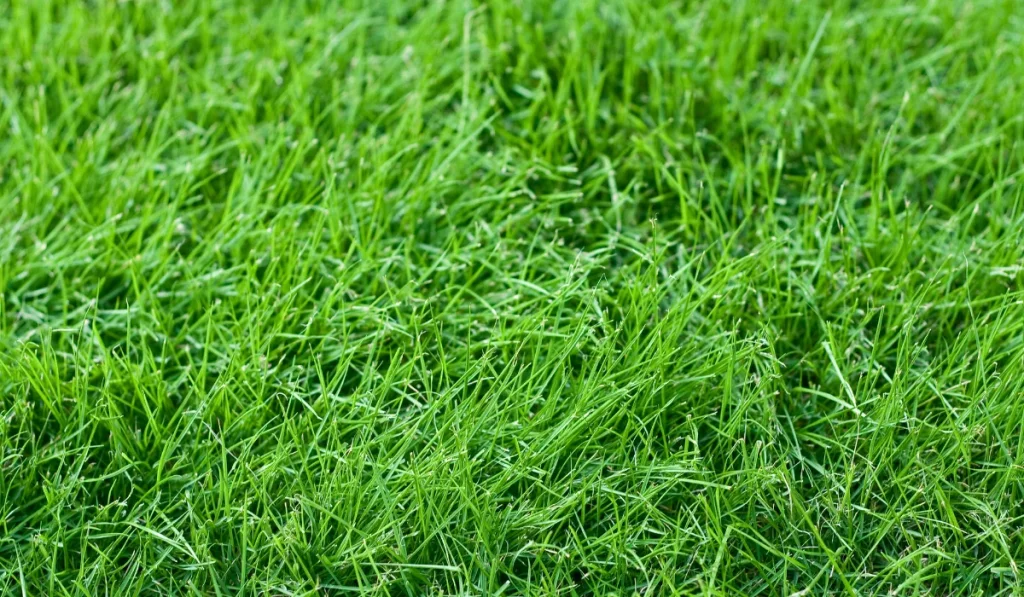
Fine fescue grows well in shady areas and along the coast. Its soft blades give a classy look with less water and care, making it a popular lawn grass for low-maintenance front yards.
Best sod for backyards
Backyards typically handle more foot traffic from kids, pets, and outdoor activities, so they need sod that can withstand wear and tear. A tough grass variety with strong roots and a fast recovery rate ensures your lawn stays lush and green, even after heavy use.
Choosing the right sod helps prevent bare patches and keeps your outdoor space looking vibrant and functional year-round.
Bermudagrass (including TifTuf)
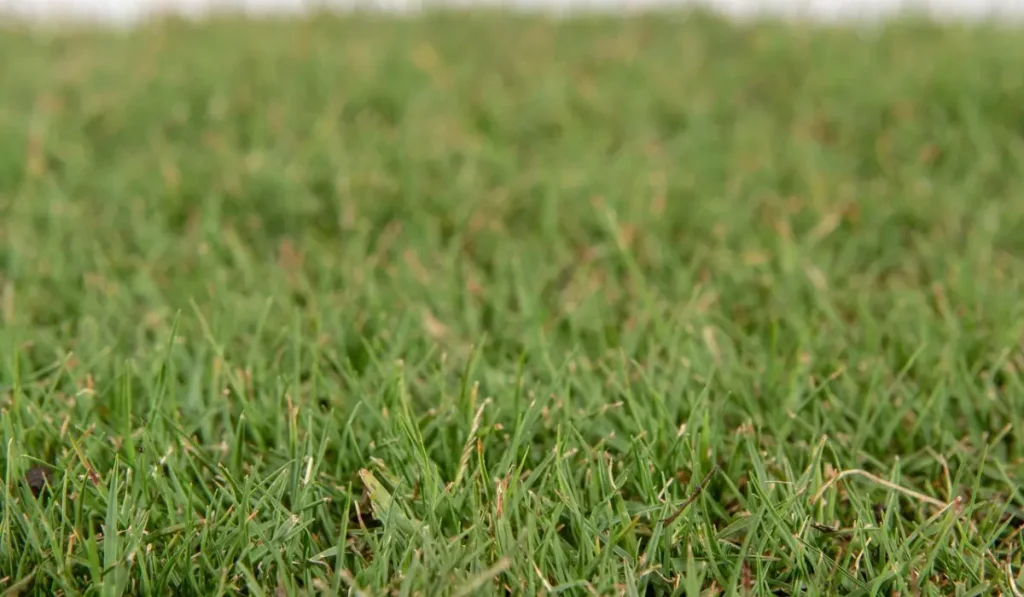
Bermudagrass, especially TifTuf, is popular in Southern California. It handles heat, heavy use, and has top drought tolerance. It grows in full sun, spreads with rhizomes and stolons. Sports fields and golf courses commonly use Bermuda grass.
St. Augustine grass
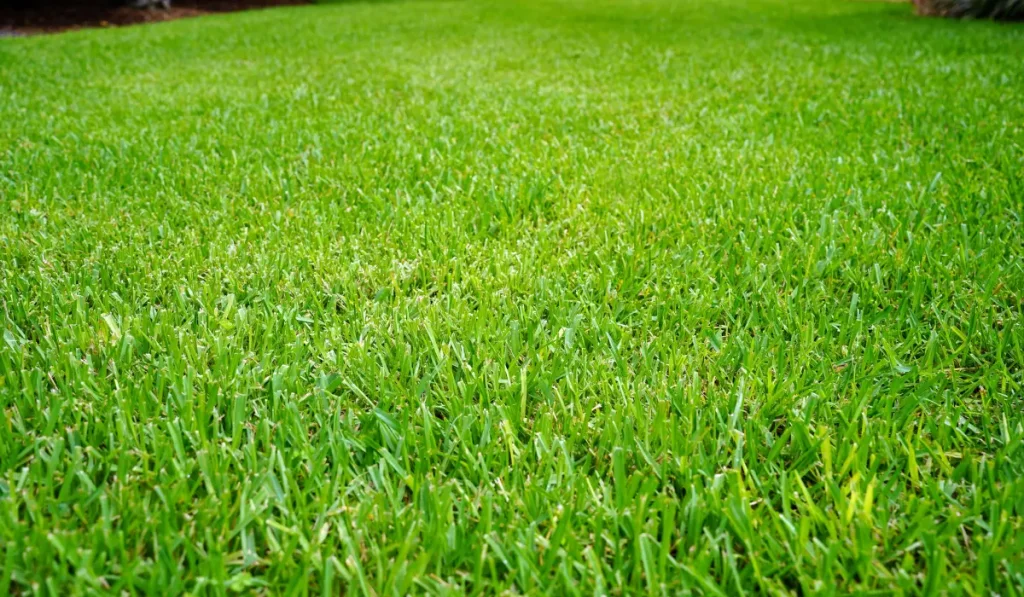
St. Augustine is a warm-season grass with good shade tolerance. It’s great for coastal yards thanks to its salt tolerance and thick, tropical look.
Perennial ryegrass
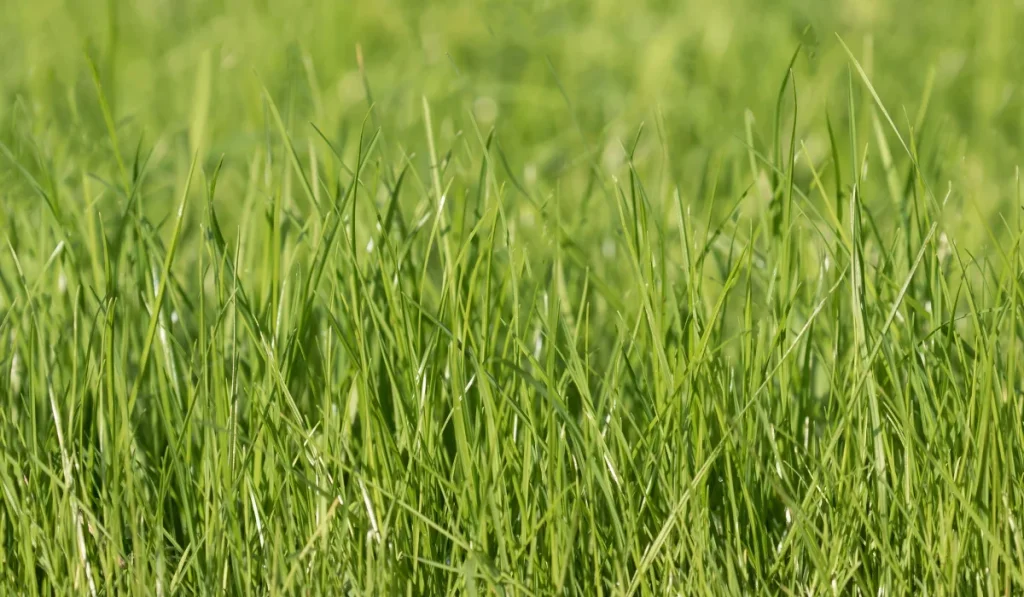
Perennial ryegrass sprouts fast thanks to quick germination and is perfect for overseeding warm-season lawns in winter. It gives a soft, green lawn for play and helps keep year-round color.
Things to think about before choosing sod
Before you start laying sod or decide to plant grass, look at:
- Sun vs. shade tolerance.
- How much foot traffic does the area get?
- Drought resistance and watering needs.
- Soil type and drainage.
- Results of a soil test to guide fertilization.
- How much care do you want to give for a healthy lawn?
Sod vs. seed for new lawns
Laying sod gives you an instant yard and stops erosion fast. New sod helps block weeds as it grows.
Grass seed costs less, but it takes more time to grow. In California, plant cool-season grasses like tall fescue in fall. Plant warm-season grass like Bermudagrass in late spring or early summer.
Lawn care tips
To keep your lawn healthy:
- Mowing: Use a sharp mower and cut to the right height for your grass.
- Watering: Water deeply but less often to grow deep roots.
- Overseeding: Fill thin spots to keep turf thick.
- Dethatching: Remove buildup so water and air reach the roots.
Final thoughts
The best sod for the front yard versus the backyard depends on the amount of sun, use, and care level. Front yards do well with fine-textured, pretty grasses. Backyards need durable turfgrass that recovers quickly.
In California, consider your climate, including salt tolerance near the coast and cold tolerance in cooler areas. The right grass will give you a healthy lawn that lasts.
At SodLawn, we deliver premium-quality sod for both residential and commercial landscapes. Whether you’re upgrading your front yard or revamping your backyard, our team is here to help you choose the right grass for your needs.
We know your time is valuable, that’s why we guarantee fast, hassle-free delivery within 3-5 days of your order. Get in touch with us today, and let’s find the perfect sod to achieve your lush lawn project!
FAQ
Can I use the same grass for my front and backyard?
Yes, but it’s better to choose grass for each area’s needs. Backyards may need sod with vigorous rhizomes for recovery. Front yards do well with fine-textured, decorative grass.
Which grass is best for busy California backyards?
Bermudagrass, especially TifTuf, grows well in full sun, has high drought tolerance, and recovers quickly from foot traffic.
What’s the easiest sod for a front yard?
Zoysia grass is easy to care for, has good cold tolerance, and grows thick enough to fight off weeds.

